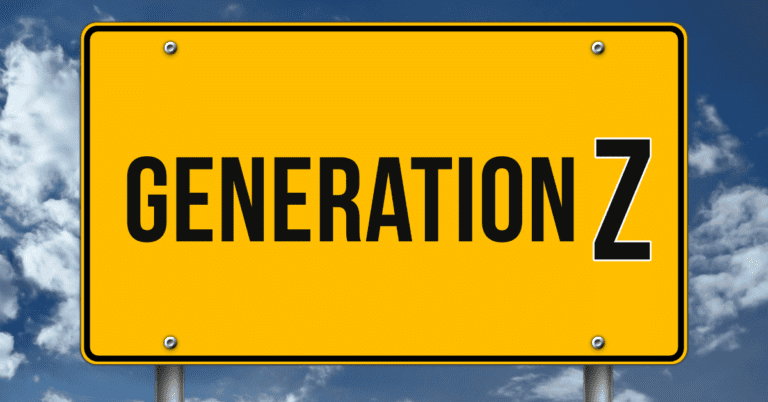As business owners or marketers, social media marketing can be a powerful tool for growing your brand, reaching new customers, and increasing revenue.
However, to truly unlock the potential of social media, it’s essential to understand how to access and use your analytics effectively to generate actionable insights.
In this article, we’ll explore why accessing your social media analytics is the key to unleashing your full potential on social media and provide tips and tricks for maximising your social media data.
Introduction
Social media has become an essential part of modern business strategy, with the potential to reach millions of potential customers with just a few clicks. However, to truly make the most of social media, it’s crucial to understand how to access and use your analytics effectively.
Analysing your data can help you gain valuable insights into your audience, social media performance, and more. This will allow you to make data-driven decisions and improve your social media strategy.
Understanding Social Media Analytics

What Are Social Media Analytics?
Social media analytics refers to the data and metrics that can be collected and analysed from various social media platforms, such as Facebook, X, Instagram, and LinkedIn. This data includes audience demographics, engagement rates, a content marketing campaign, and more.
Why Are Social Media Analytics Important?
Accessing and analysing your social media analytics is crucial for understanding how your social media presence is performing and making informed decisions about improving it. By monitoring your analytics, you can identify trends, spot areas for improvement, and gain insights into what content resonates with your audience.
How to Access Social Media Analytics
Each social media platform has analytics tools, which can be accessed by logging into your account and navigating to the analytics section. For example, you can access your analytics on Facebook by clicking on the “Insights” tab on your business page.
Analysing Your Social Media Data

Key Metrics to Track
When analysing your social media data, several key metrics must be remembered. These include:
- Reach: The number of people who have seen your content
- Engagement: The number of likes, comments, and shares your content has received
- Follower Growth: The rate at which your follower count is growing
- Click-Through Rate: The percentage of people who click on a link in your post
How to Interpret Your Data
Once you’ve collected your social media data, it’s important to interpret it meaningfully for your business. This can involve comparing your data over time, looking for trends and patterns, and identifying areas for improvement. For example, suppose your engagement rates are consistently low on specific posts. In that case, you may need to adjust your content strategy to better align with your audience’s interests.
Using Your Social Media Analytics to Continuously Improve Your Strategy

Identifying Your Top Performing Content
By analysing your social media data, you can identify which types of content perform best with your audience. This includes blog posts, videos, infographics, or photos. By understanding what content resonates most with your audience, you can create more of it and improve engagement rates.
Understanding Your Audience
Social media analytics can also provide valuable insights into your audience demographics, including age, gender, location, and interests. By understanding your audience, you can create content that speaks directly to their interests and needs and tailor your social media strategy to better reach them.
Optimising Your Posting Schedule
Finally, you can analyse your social media data to identify the best times to post for maximum engagement. This can vary depending on your audience demographics and the platform you’re using, so it’s essential to experiment with different posting times and analyse the results.
Final Thoughts

Accessing and analysing your social media analytics is crucial for unlocking social media’s full potential. By understanding your audience, identifying your top-performing content, and optimising your posting schedule, you can improve engagement rates, increase your reach, and drive revenue for your business.
FAQs

What social media platforms should I be tracking analytics for?
It’s a good idea to perform social media analysis on all the social media platforms where your business has a presence. This may include social media monitoring on multiple social media platforms such as Facebook, X, Instagram, LinkedIn, and more.
How often should I check my social media analytics?
Check your social media analytics at least once a week and, ideally, more frequently. This will allow you to spot trends and make adjustments in real-time.
What is a standard social media analytics tool?
Some standard social media analytics tools include Cada Social Media Software, Google Analytics, Hootsuite, and Sprout Social.
What should I do if I notice a decline in engagement rates?
If you notice a decline in social analytics engagement rates, improving your social media management strategy is vital. This may involve adjusting your content strategy, experimenting with different posting times, or investing in paid advertising.
How can I use social media analytics to improve my overall marketing strategy?
By analysing your social media analytics, you can gain valuable insights into your audience insights, e.g. demographics, content performance, and more. This information can inform your overall marketing strategy and help you make data-driven decisions about allocating resources and prioritising tactics.







